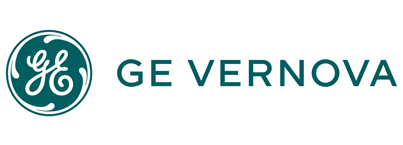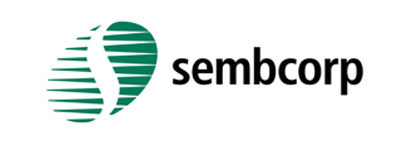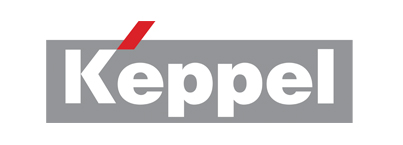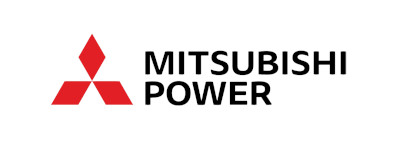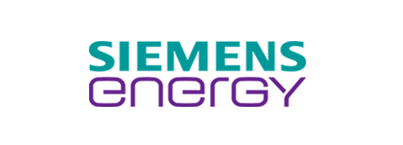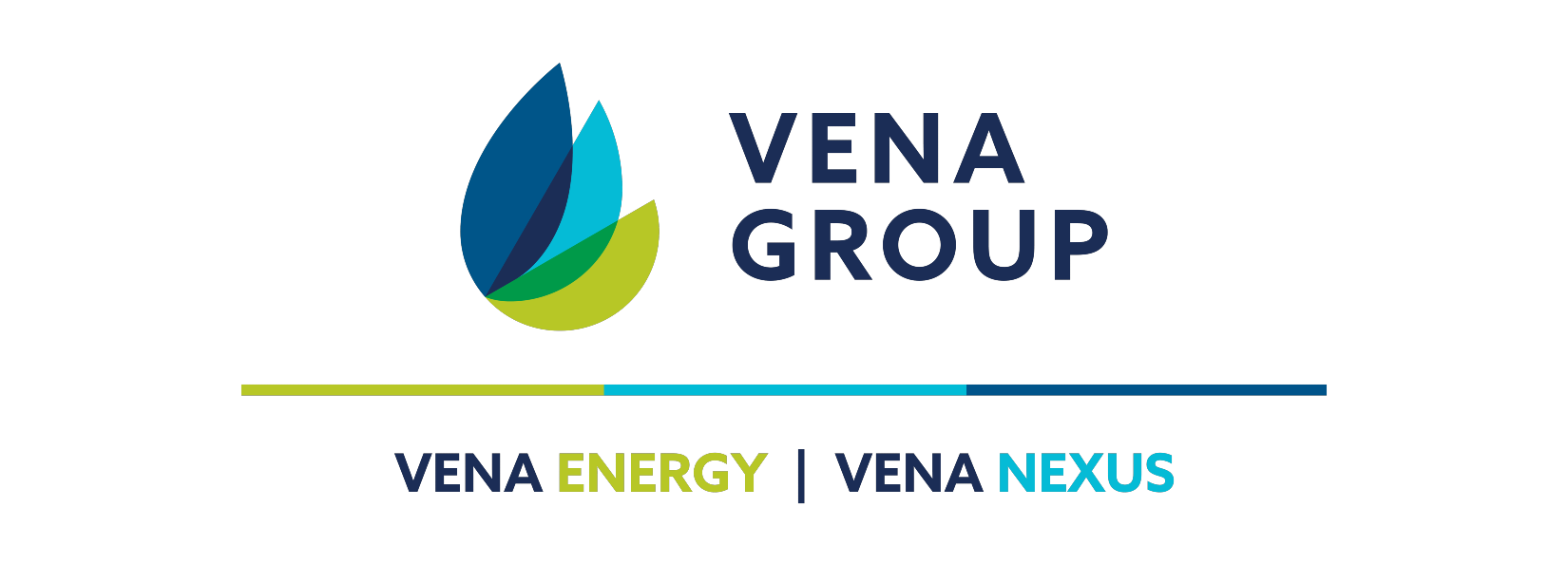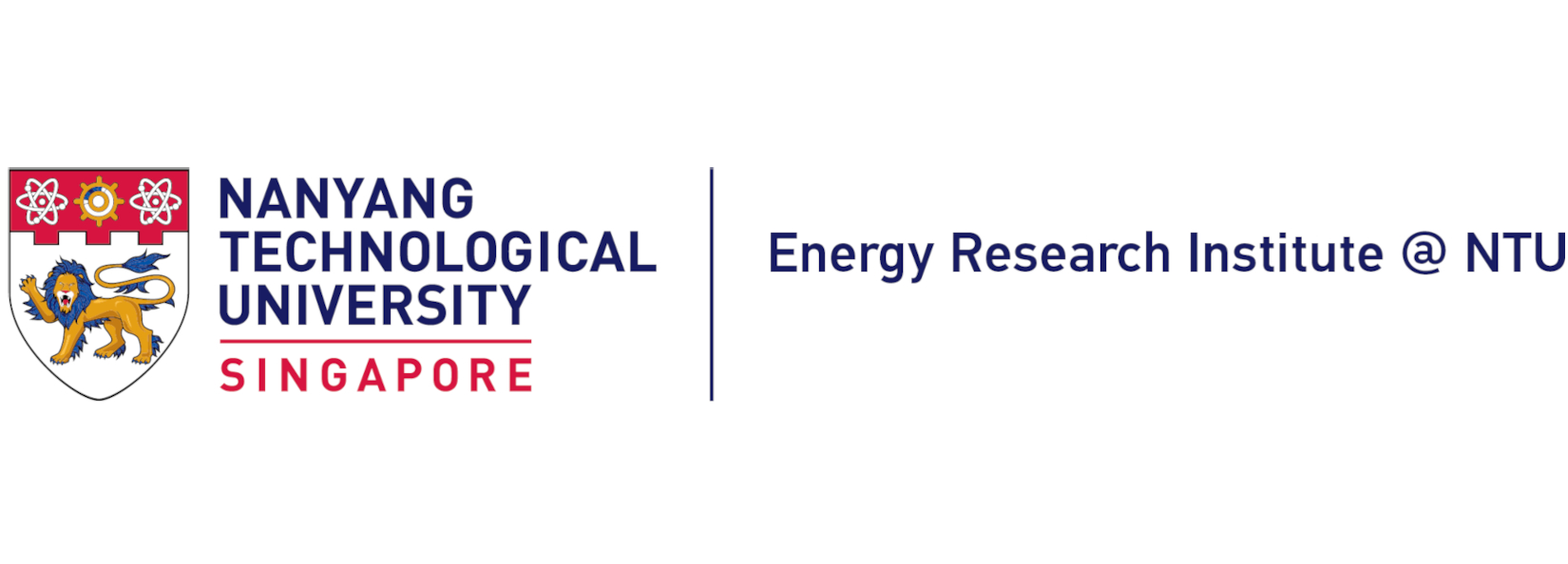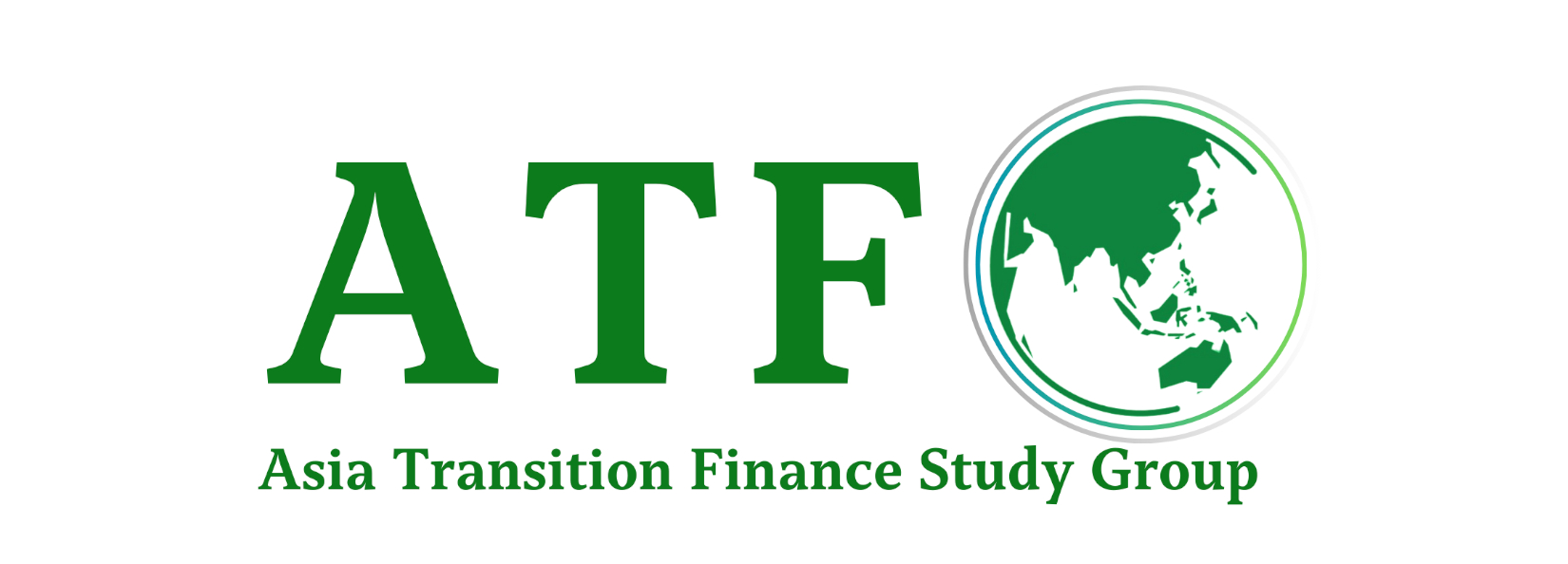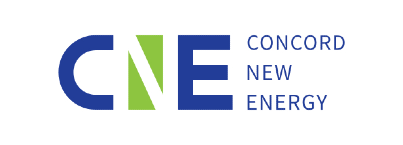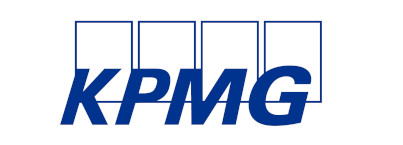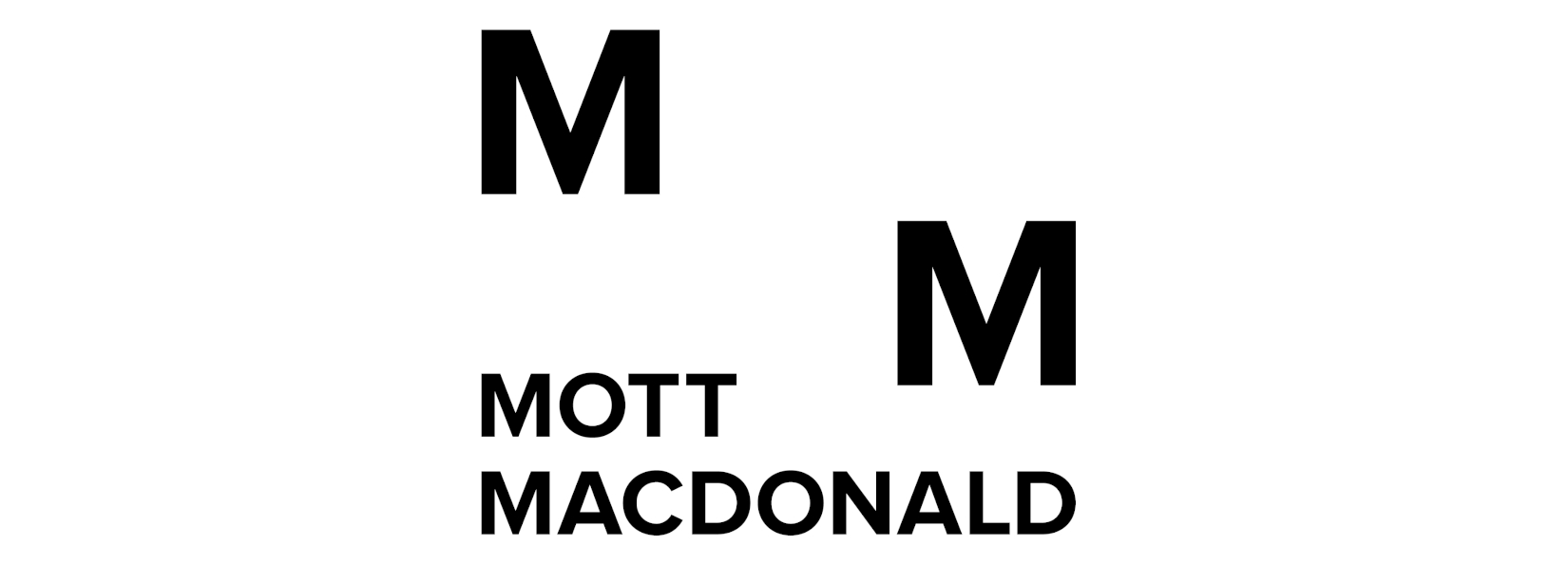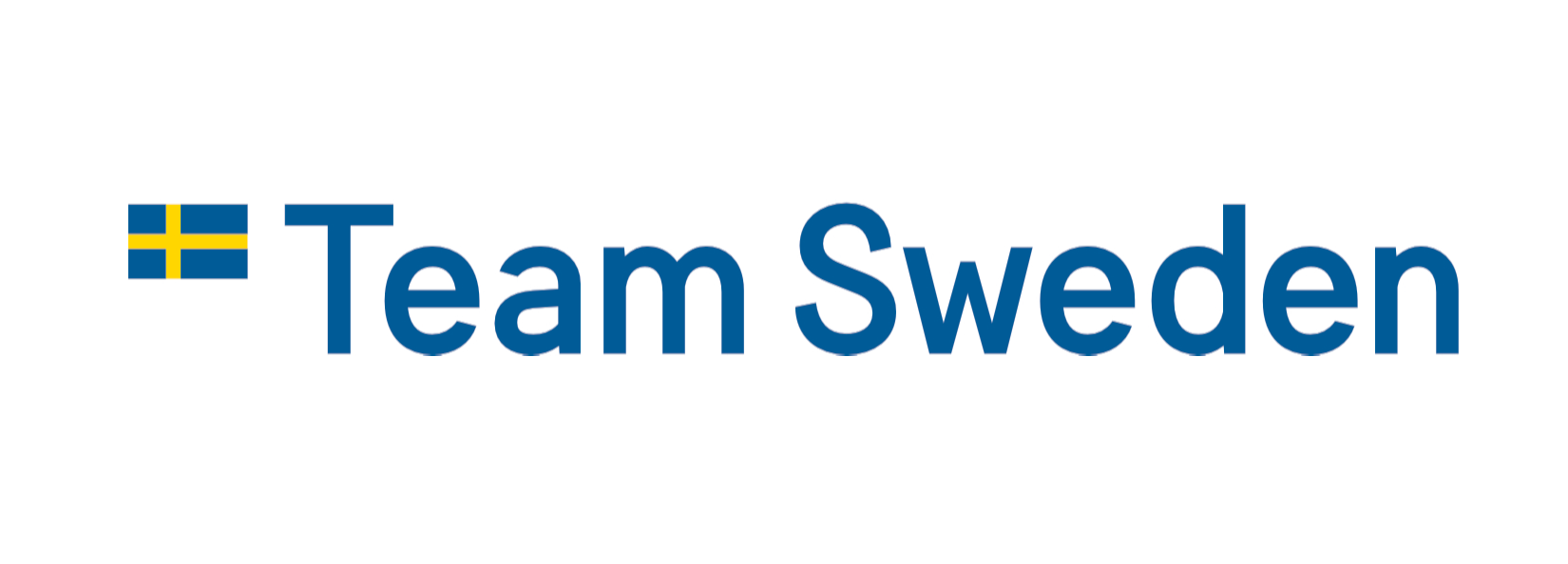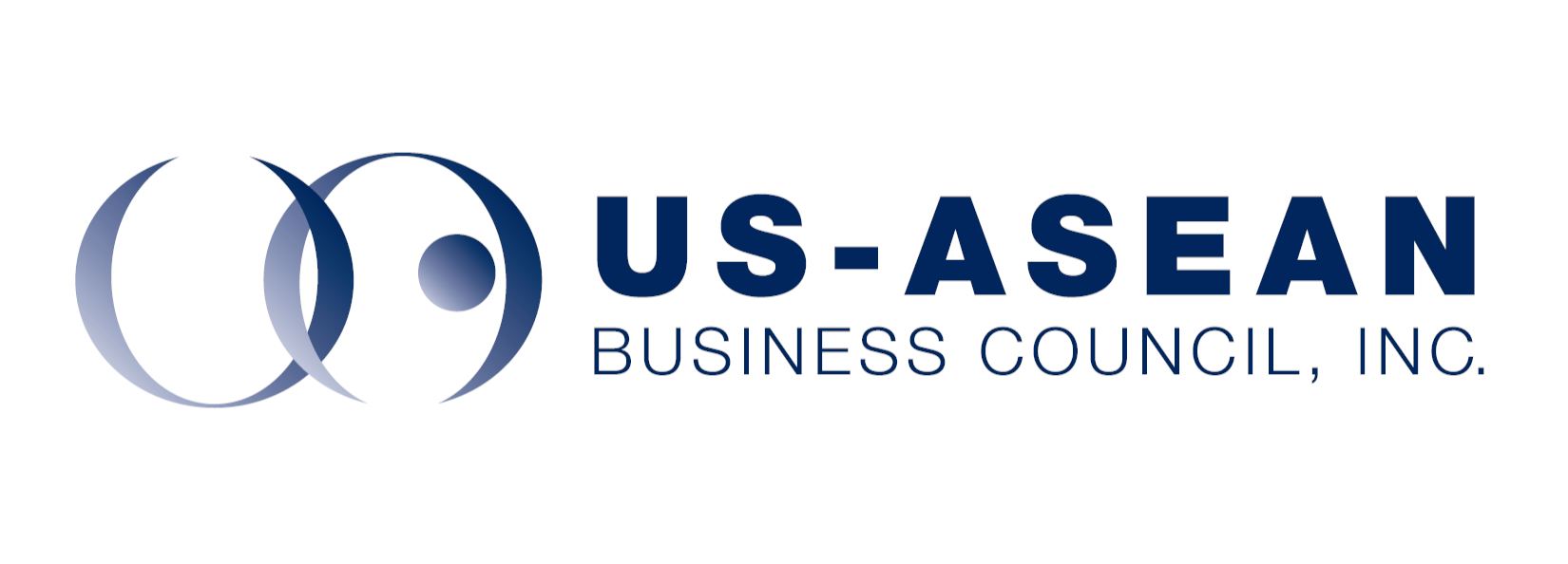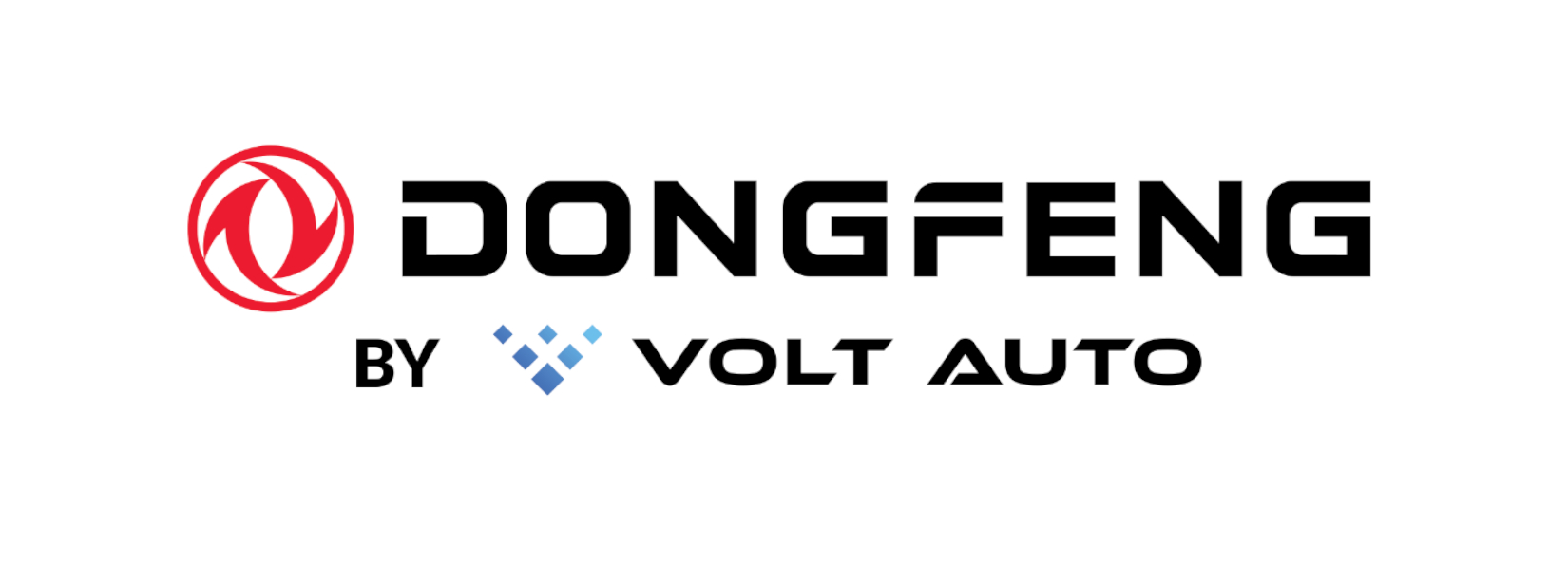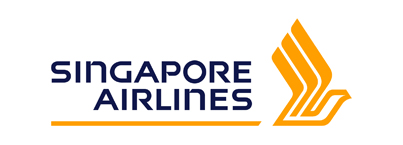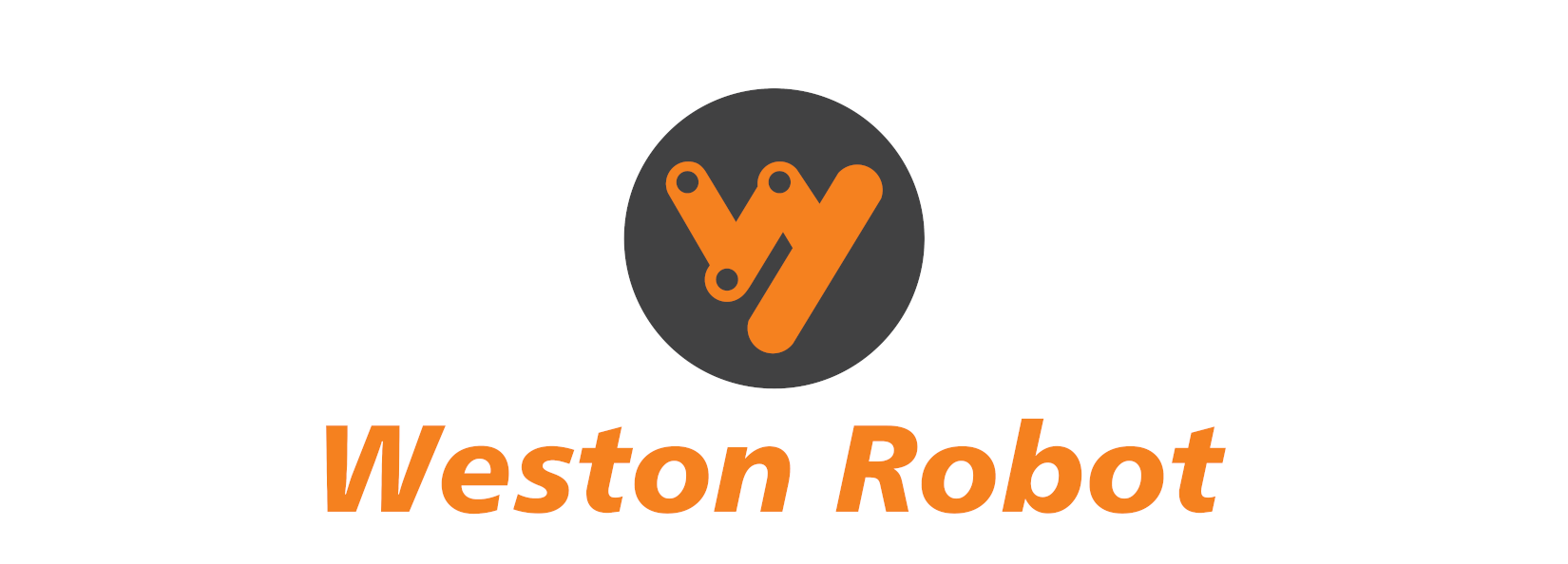As demand for clean energy surges across industries and data centres, nuclear is stepping into new territory. Modular designs, faster builds, and new applications are taking it far beyond the grid.

At the SIEW Thinktank Roundtable on 'Advancements in International Nuclear Technology', industry leaders and policymakers discussed how next-generation reactors could deliver not only electricity but also industrial heat, process power, and grid stability.
The session was moderated by Dr Jennifer Gordon, Director of the Nuclear Energy Policy Initiative and Daniel B. Poneman Chair for Nuclear Energy Policy, Global Energy Center, Atlantic Council. Panellists agreed that the systems built today will determine how far nuclear can go tomorrow.
Building frameworks that enable nuclear innovation
Dr Ming Tan, Global Practice Leader for Nuclear, Mott MacDonald, said that advancing nuclear innovation will require a new regulatory mindset. Traditional frameworks, designed for large light-water reactors, are no longer fit for purpose. Dr Tan called for risk-informed, goal-based regulation that encourages innovation while upholding safety standards.
He stressed that regulation must be transparent, consistent, and evidence-based to maintain public trust. Independent review by organisations such as the International Atomic Energy Agency (IAEA) can further strengthen confidence and alignment.
Dr Tan added that cost pressures and supply-chain constraints will also need to be addressed. These challenges will become more critical as the industry moves from prototypes to fleet deployment.
Smaller, safer, and closer to demand
Jung Soonkil, General Manager, Korea Hydro & Nuclear Power (KHNP), noted that SMRs can provide reliable 24-hour electricity and process heat, filling an important system need for industrial users.
As new SMR technologies expand opportunities for industrial use, he said, collaboration and knowledge-sharing will be vital to support safe and effective deployment. He added that KHNP's international experience demonstrates the value of training and knowledge transfer. Such programmes for engineers and regulators can help newcomer countries build the skills and systems needed to operate safely.
Mr Jung also stressed that public acceptance remains a central challenge. This is best addressed through transparency and active engagement with communities.
Designing for integration and efficiency
Dr Pan Haizhen, Program Manager of International Projects, Holtec, shared how design innovation is making new reactors easier to integrate into modern energy systems.
The company's SMR-300 uses a compact, partially below-ground layout with built-in safety systems. Its emergency planning zone is limited to the site boundary. This allows the reactor to be safely located within industrial areas, supplying power and heat directly to nearby facilities.
Dr Pan explained that the design keeps all radioactive material contained within a closed loop. This produces clean steam that can be used safely for industrial processes. Direct use of this heat can reach efficiencies of up to 95–97 percent, compared with about 33 percent when converting heat to electricity.
Collaboration, skills, and policy will shape the next decade
Miriam D'Onofrio, Senior Director, International Market Development and Policy, X-energy, said that building the next generation of nuclear projects will depend as much on people as on technology. She called for greater investment in universities, trade programmes, and training partnerships to grow the global talent pipeline.
Highlighting X-energy’s partnership with KHNP, she noted that collaboration can shorten schedules, reduce costs, and build shared capability. Ms D’Onofrio also urged governments to align visa and policy frameworks to let expertise flow freely. She added that industrial customers should define the information they need to make confident adoption decisions.
Rounding up the discussion, Dr Gordon observed that both newcomer countries and new industries are driving fresh momentum in the nuclear energy sector. She reiterated that collaboration will be critical to ensure projects are delivered safely, efficiently, and responsibly.
She concluded that the systems we build today will determine not just how far nuclear can go, but how effectively it integrates into the broader clean energy transition.
Stay tuned as the conversation evolves throughout the day. Follow @SIEW_sg on Telegram and X (formerly Twitter) for the latest insights.


